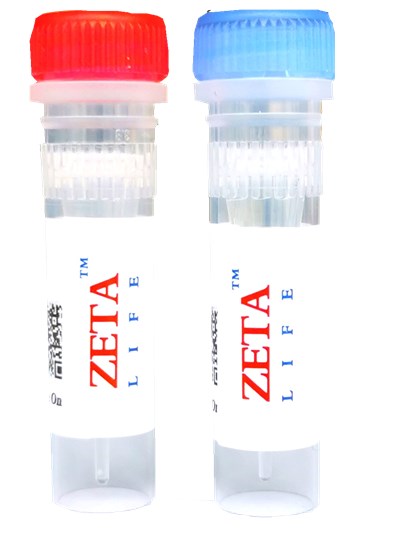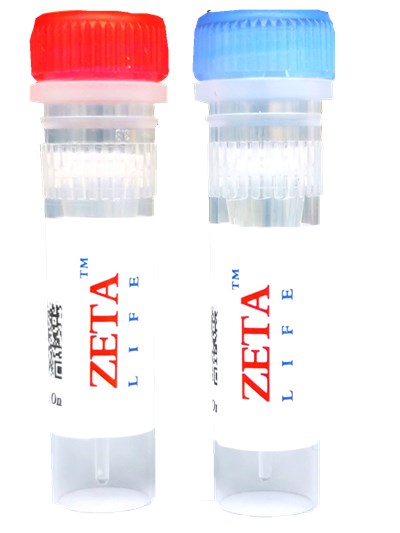

DiI cell membrane orange red fluorescent dye
Packing specification
Product Numbers: DiI-5, DiI-10, DiI-25; Specification: 5mg, 10mg, 25mg
Storage conditions: Store at 4 ° C, protected from light. Shelf life is one year. The prepared storage solution is stored in the dark at -20 ℃, and the shelf life is six months.
Appearance: Dark red solid soluble in ethanol, DMSO and DMF
λEx / λEm (MeOH) = 549/569 nm
Molecular formula: C59H89ClN2O4
Molecular weight: 925.82
product description
ilinoleyl Dil, also known as FAST Dil, has the same absorption and emission wavelengths as Dil. Because Dlinoleyl Dil contains unsaturated hydrocarbon chains, Dilinoleyl Dil diffuses faster on the cell membrane than Dil. It is precisely because of this characteristic of Dilinoleyl Dil that it is widely used in the tracking of neuronal tissue.
Dilinoleyl DiI can be fixed after paraformaldehyde (methanol and other reagents are not allowed), but it is not recommended to permeabilize after staining. In addition, after fixed permeabilization (permeabilization with 0.1% TritonX-100 at room temperature), the plasma membrane can also be stained well.
Instructions
1. Preparation of Dil cell membrane staining solution
(1) Configure DMSO or EtOH storage solution: Use DMSO or EtOH for the storage solution to prepare a concentration of 1 to 5 mM.
Note: Store unused storage solution at -20 oC to avoid repeated freezing and thawing.
(2) Preparation of working solution: dilute the storage solution with a suitable buffer (such as serum-free medium, HBSS or PBS), and prepare a concentration of 1 ~5 μM working fluid.
Note: The final concentration of the working solution is prepared according to the experience of different cells and experiments. You can find the best conditions from more than ten times the recommended concentration.
2. Staining of suspended cells
(1) Add 1 × 106 / mL cell density to the working solution.
(2) The cells are cultured at 37 ℃ for 2-20 minutes, and the optimal culture time for different cells is different.
(3) Centrifuge the test tube of stained cells at 1000-1500 rpm for 5 minutes.
(4) Pour the supernatant and slowly add the pre-warmed culture medium at 37 ° C again.
(5) Repeat steps (3) and (4) more than twice.
3. Staining of adherent cells
(1) Culture the adherent cells in a sterile laboratory.
(2) Remove the coverslip from the medium, aspirate excess culture fluid, and place the coverslip in a humid environment.
(3) Add 100 μL of dye working solution to the corner of the coverslip and shake gently to make the dye evenly cover all cells.
(4) Incubate the cells at 37 ℃ for 2 to 20 minutes, and the optimal culture time for different cells is different.
(5) Absorb the dye working solution, wash the coverslip with the culture solution 2 to 3 times, cover all the cells with the pre-warmed medium each time, incubate for 5 to 10 minutes, and then absorb the medium.
4. Detection by flow cytometry
DiD, DiO, DiI, DiR and DiS stained cells can be detected by the classic FL1, FL2, FL3 and FL4 flow cytometers, respectively.
For scientific research use only.


